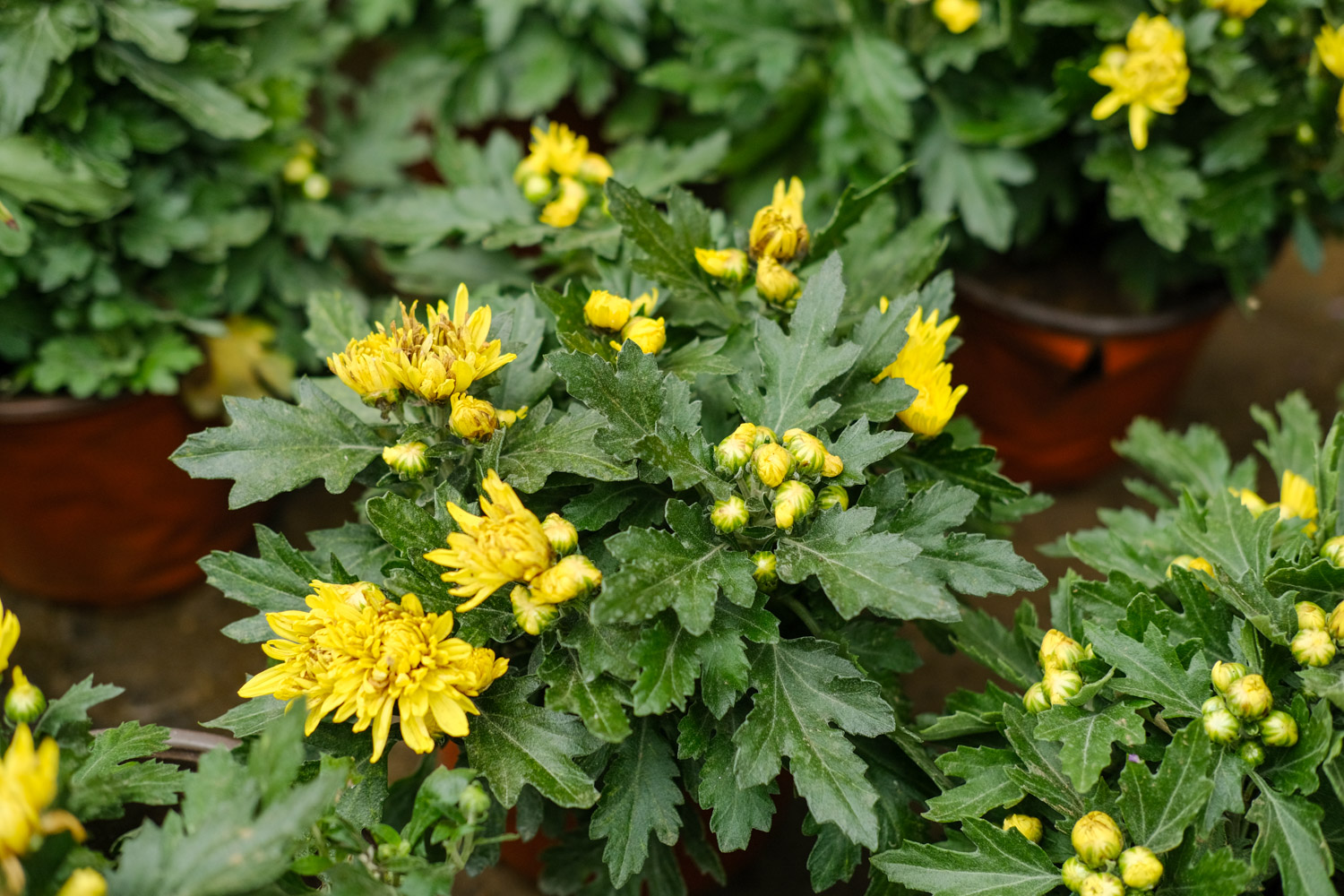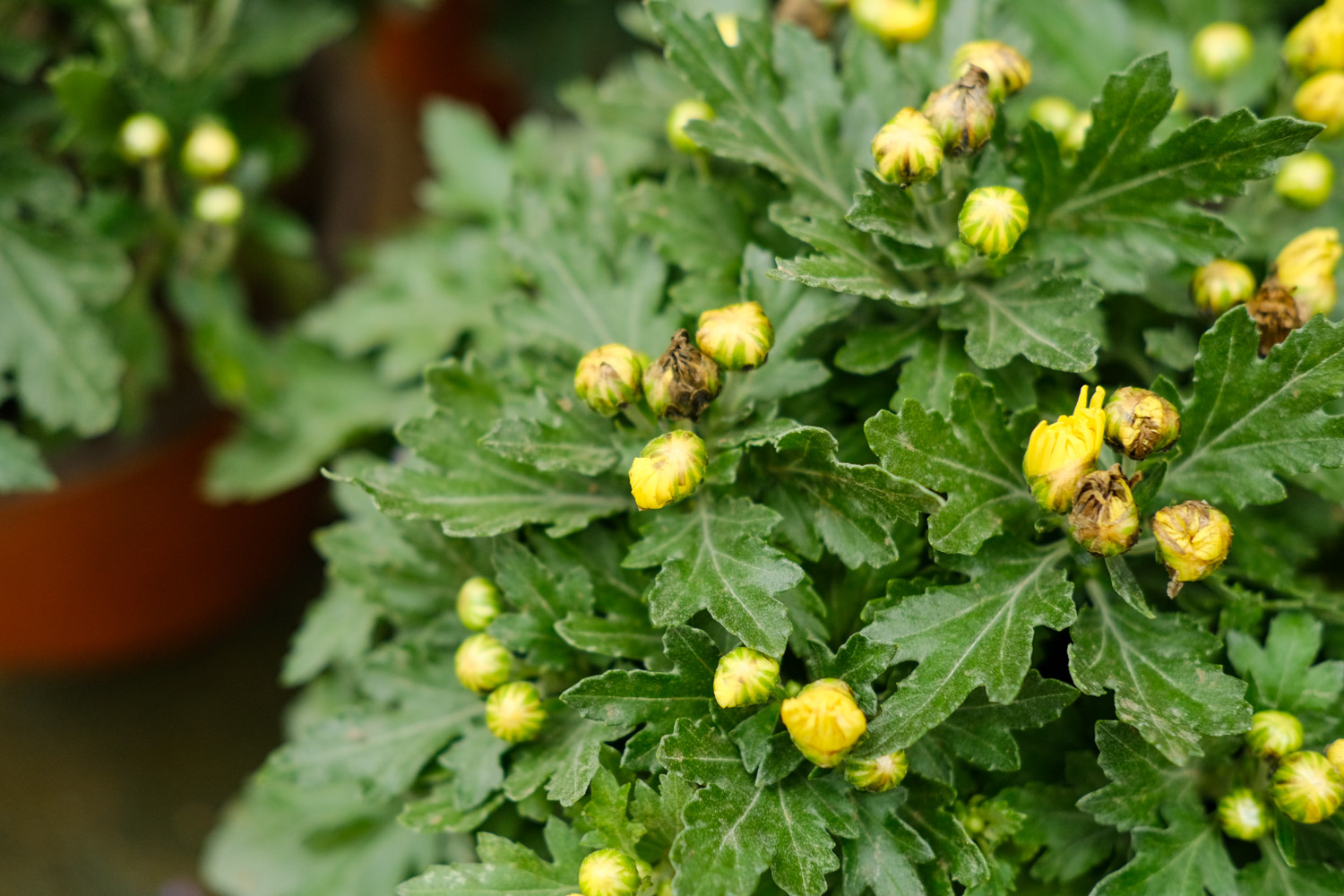1、 Basin soil selection
When transplanting, it is necessary to first pay attention to the basin soil and select the humus containing, loose and breathable nutrient soil. Six parts of humus soil and three parts of sandy soil can be used, and then mixed with one part of rotten cake fertilizer. In this way, sufficient nutrients are more conducive to the growth of serving basin and later stage

2、 Watering and fertilization
Unlike other plants, chrysanthemums should be watered and fertilized in time after transplanting. Phosphate fertilizer can be selected for fertilization. After application, an appropriate amount of water can be added to keep it moist and dilute the fertilizer to restore it as soon as possible. In addition, when it is found that the soil is dry, it should be watered. At this time, the plant is prone to water shortage, but pay attention not to ponding and avoid rotten roots

3、 Temperature problem
When transplanting chrysanthemums, we should pay attention to the temperature and not too much light, otherwise it is easy to affect the growth and may cause death. It is best to carry out in rainy days or in the evening. The temperature should be between 20 and 25 degrees, not too high or too low, so as to transplant successfully

4、 Pest control
It is weak after transplanting and is easy to cause all kinds of diseases and pests. For example, rust, gray mold and black spot, as well as longicorn beetles and aphids, will absorb nutrients and cause leaf deformation. Therefore, it is necessary to have more ventilation and spray pesticides in time to prevent and control pests

 how many times do yo...
how many times do yo... how many planted tre...
how many planted tre... how many pine trees ...
how many pine trees ... how many pecan trees...
how many pecan trees... how many plants comp...
how many plants comp... how many plants can ...
how many plants can ... how many plants and ...
how many plants and ... how many pepper plan...
how many pepper plan...





























